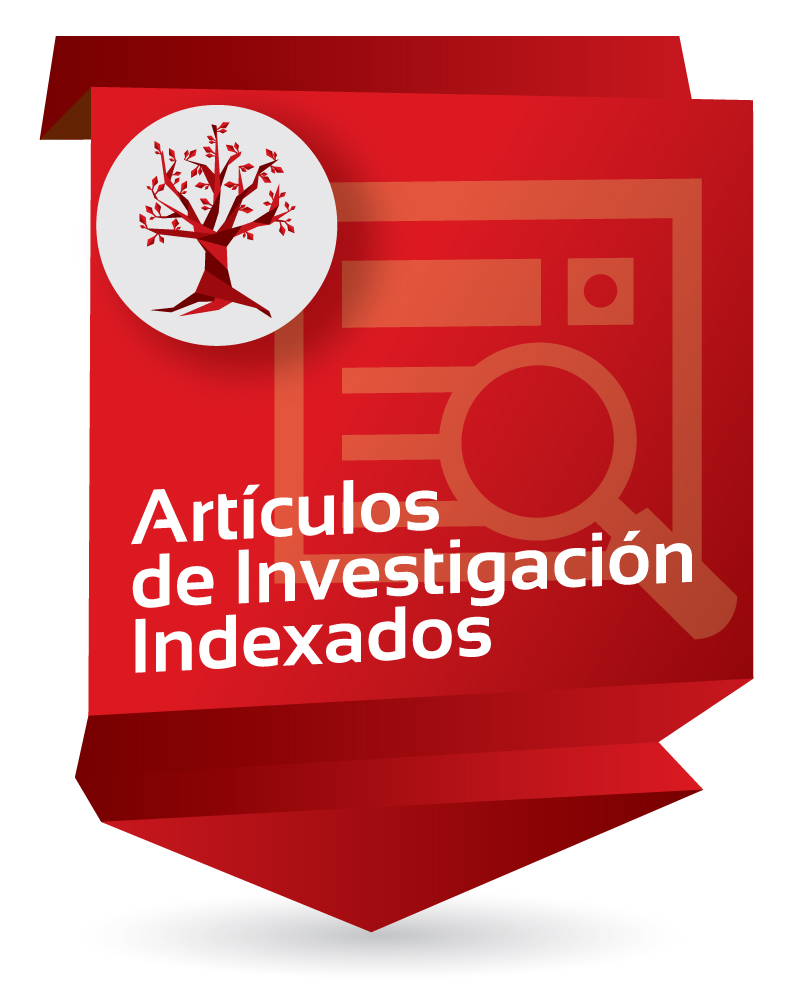Worldwide Overview of the Different COVID-19 Vaccine Platforms:A Review and Reflection on the Current Evidence
Panorama mundial de las diferentes plataformas de vacunas contra el COVID-19: revisión y reflexión de la literatura actual

Enlaces del Item
URI: http://hdl.handle.net/10818/53926Visitar enlace: https://rcientificas.uninorte. ...
ISSN: 0120-5552
DOI: 10.14482/sun.37.1.616.241
Compartir
Estadísticas
Ver Estadísticas de usoCatalogación bibliográfica
Mostrar el registro completo del ítemAutor/es
Liebisch Rey. Hans Nicolás; Franco Bustos, Julieta; Celis Regalado, Luis Gustavo; Salazar Reggeti, Rafael; Villalobos Pérez, Julio Alejandro; Ramos Isaza, Estefan; Correa Vargas, María Alejandra; Silva Amaro, Alejandra Cristina; Morales, Victoria Isabel; Barbosa Moreno, Lorena; Rodrigues De Abreu, Danny Angelo; Castañares Vitale, CarlotaFecha
2022Resumen
Vaccines are biological products containing antigens that aim to generate protection against real exposure to an infectious pathogen. They constitute the most cost-effective interven-tions in public health, being surpassed only by drinking water. Generally speaking, we can divide the vaccines into live attenuated and inactive; However, the new coronavirus has produced innovative platforms that use intracellular and molecular mechanisms with the same objective of generating immunity.A systematic literature search was carried out using the PUBMED, SCOPUS, and Web of Science electronic databases. All types of study design were selected, those written in Engli-sh or Spanish were prioritized. We reviewed the existing platforms to generate immunity against the SARS-CoV-2 coronavirus. Each one is developed according to its route and form of action, and can be classified as protein subunits, recombinant viral vector, nucleic acids, inactivated viruses, viral particles, and live attenuated viruses.The mechanisms by which these vaccines generate immunogenicity are different; however, the constant insertion of mutations by the virus remains an object of interest and concern for researchers. Introducción
Las vacunas son productos biológicos que contienen antígenos que buscan generar protección frente a una exposición real al mismo. En cuanto a su importancia, constituyen de las intervenciones más costo-efectivas en salud pública, siendo superadas únicamente por el agua potable. A grandes rasgos, podemos dividir las vacunas en vivas atenuadas e inactivadas; no obstante, el nuevo coronavirus ha producido la emergencia de plataformas innovadoras que utilizan mecanismos intracelulares y moleculares con el mismo objetivo de generar inmunidad.
Discusión
Se realizó una búsqueda sistemática de la literatura utilizando las bases de datos electrónicas PUBMED, SCOPUS y Web of Science. Todos los tipos de diseño de estudio fueron considerados, sin embargo, considerando los redactados en inglés o español. Se hace una revisión de la literatura presente sobre las plataformas existentes para generar inmunidad frente al coronavirus SARS-CoV-2 y se desarrolla cada una según su ruta y forma de acción en aquellas basadas en: subunidades proteicas, vector viral recombinante, ácidos nucleicos, virus inactivados, partículas virales y virus vivos atenuados.
Conclusión
Los mecanismos por los cuales dichas vacunas generan inmunogenicidad son diferentes, no obstante, la constante inserción de mutaciones por parte del virus siguen siendo un objeto de interés y preocupación por los investigadores.
Ubicación
Revista Científica Salud Uninorte, 37(1), 162–187.
Colecciones a las que pertenece
- Facultad de Medicina [1589]

















